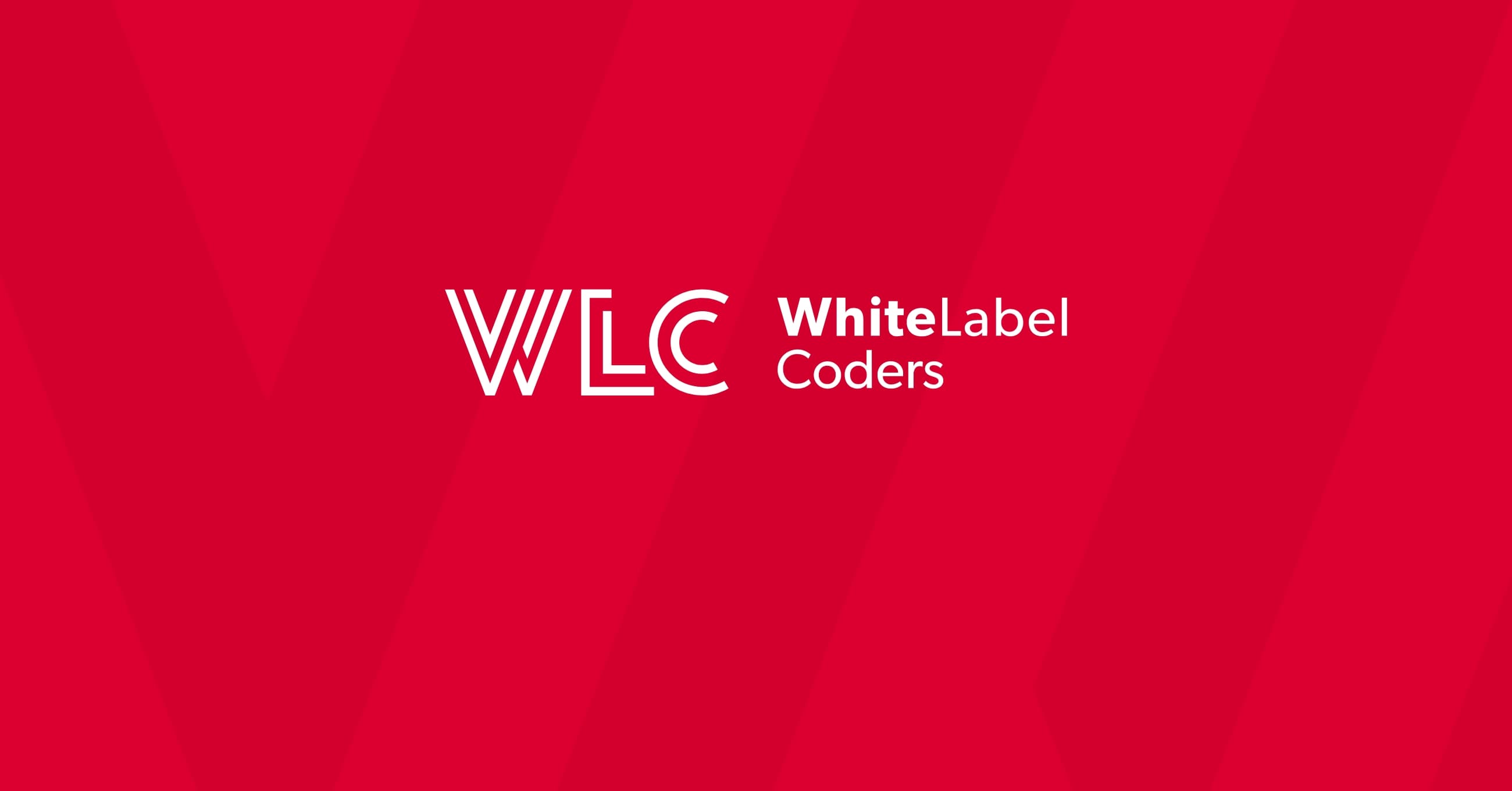Category: SEO AI
How do I create a custom website in WordPress?

Creating a custom WordPress website opens up a world of possibilities that pre-built themes simply can’t match. While WordPress powers millions of websites worldwide, the real magic happens when you dive beneath the surface and craft something uniquely tailored to your specific needs. Whether you’re building a multilingual business platform, a sophisticated e-commerce solution, or a complex web application, understanding the fundamentals of WordPress custom development will transform how you approach web projects.
The journey from WordPress beginner to custom developer might seem daunting, but with the right roadmap, you’ll discover that WordPress’s flexibility makes it an incredibly rewarding platform to master. Let’s explore how you can harness this versatility to create truly bespoke digital experiences.
What you need to know before building custom WordPress sites
Before diving into custom WordPress development, you’ll need a solid foundation in several key technologies. PHP serves as WordPress’s backbone, handling everything from database interactions to dynamic content generation. Don’t worry if you’re not a PHP expert yet, as WordPress provides many built-in functions that simplify common tasks.
Your front-end skills in HTML, CSS, and JavaScript will determine how polished and interactive your custom sites become. Modern WordPress development increasingly relies on JavaScript for dynamic user experiences, whilst CSS frameworks help create responsive designs that work beautifully across all devices.
Understanding WordPress’s architecture is crucial. Unlike static websites, WordPress follows a dynamic approach where content stored in a MySQL database gets combined with PHP templates to generate pages on-the-fly. This separation of content and presentation is what makes WordPress so powerful for custom development.
The key to successful WordPress custom development lies in understanding that you’re not just building a website, you’re creating a content management system tailored to your specific requirements.
You’ll also need familiarity with development tools like code editors, version control systems (particularly Git), and local development environments. These tools form the foundation of professional WordPress development workflows.
How does WordPress custom development work?
WordPress custom development revolves around understanding the platform’s sophisticated template hierarchy. When someone visits a page on your site, WordPress follows a specific order to determine which template file to use. This hierarchy allows you to create highly specific templates for different content types whilst maintaining fallback options.
The hooks and filters system represents WordPress’s most powerful feature for customisation. Hooks allow you to insert custom code at specific points during WordPress’s execution, whilst filters let you modify data before it’s displayed. This system enables you to extend WordPress functionality without modifying core files.
WordPress’s database structure consists of several interconnected tables storing everything from posts and pages to user information and settings. Understanding this structure helps you create efficient custom queries and optimise your site’s performance.
The relationship between themes, plugins, and core
Think of WordPress core as the engine, themes as the body, and plugins as additional features. Your custom theme controls how content appears, whilst custom plugins add specific functionality. This modular approach means you can update WordPress core without losing your customisations, provided you follow best practices.
When building custom solutions, you’ll often need to decide whether functionality belongs in a theme or plugin. Generally, appearance-related features go in themes, whilst functionality that should persist regardless of theme changes belongs in plugins.
Setting up your WordPress development environment
Creating a proper development environment is essential for efficient WordPress custom development. Local development tools like XAMPP, Local by Flywheel, or Docker allow you to build and test your custom WordPress website without affecting a live site.
Local by Flywheel has become particularly popular among WordPress developers due to its user-friendly interface and built-in development tools. It automatically handles server configuration, making it perfect for developers who want to focus on coding rather than server management.
For more advanced developers, Docker offers incredible flexibility and consistency across different development environments. Docker containers ensure that your local environment matches your production server exactly, eliminating the “it works on my machine” problem.
Version control and debugging setup
Implementing Git version control from the start of your project saves countless headaches later. Git tracks every change to your code, allowing you to experiment freely knowing you can always revert to a working version.
WordPress debugging tools like Query Monitor and Debug Bar provide invaluable insights into your site’s performance and help identify issues during development. Enabling WordPress’s built-in debugging features in your wp-config.php file reveals PHP errors and warnings that might otherwise go unnoticed.
Building your first custom WordPress theme
Creating a custom WordPress theme starts with understanding the required template files. At minimum, you’ll need index.php and style.css, but most themes benefit from additional templates like header.php, footer.php, and single.php for better organisation and functionality.
Your functions.php file acts as your theme’s control centre, where you’ll register menus, enqueue stylesheets and scripts, and add custom functionality. This file runs with every page load, making it perfect for theme-specific features.
The style.css file requires a specific header comment that tells WordPress important information about your theme, including its name, description, and version. This seemingly simple file becomes the foundation for all your visual customisations.
Implementing responsive design principles
Modern WordPress themes must work flawlessly across all devices. Mobile-first design approaches start with the smallest screen size and progressively enhance the experience for larger devices. CSS Grid and Flexbox provide powerful tools for creating flexible layouts that adapt beautifully to any screen size.
Consider how your custom theme will handle WordPress’s built-in features like widgets, menus, and the customiser. WordPress customisation capabilities extend far beyond basic theming, allowing you to create truly unique user experiences.
Advanced customization with custom post types and fields
Custom Post Types extend WordPress beyond simple blogs and pages. Whether you’re building a portfolio site, property listings, or product catalogue, custom post types provide the structure needed for complex content management.
Creating custom post types involves registering them through your theme’s functions.php file or a custom plugin. Each post type can have its own set of features, taxonomies, and template files, giving you complete control over how different content types behave.
Custom Fields and Meta Boxes allow you to add specific data entry fields to your post types. These might include price fields for products, location data for events, or technical specifications for equipment listings. The Advanced Custom Fields plugin simplifies this process considerably, providing a user-friendly interface for complex field types.
When implementing custom fields, consider the user experience for content editors. Well-designed meta boxes with clear labels and helpful descriptions make content management intuitive, even for non-technical users.
Optimizing and deploying your custom WordPress website
Performance optimisation should be built into your custom WordPress development process from the beginning. This includes optimising images, minifying CSS and JavaScript files, implementing proper caching strategies, and ensuring your database queries are efficient.
WordPress custom development often involves complex functionality that can impact site speed if not properly optimised. Tools like Query Monitor help identify slow database queries, whilst browser developer tools reveal front-end performance bottlenecks.
Security implementation requires attention to several areas: keeping WordPress core, themes, and plugins updated, implementing proper user permissions, sanitising user inputs, and using security headers. Custom development introduces additional security considerations, particularly around custom database queries and user input handling.
Deployment strategies and best practices
Moving your custom WordPress website from development to production requires careful planning. Staging environments provide a crucial testing ground where you can verify everything works correctly before going live.
Database migration tools help transfer content between environments whilst handling URL changes and serialised data. Many developers use deployment scripts or services that automate file transfers and database updates, reducing the risk of human error during launches.
Creating a custom WordPress website represents an exciting journey into the platform’s vast capabilities. From understanding the fundamental architecture to implementing advanced customisations, each step builds upon the last to create something truly unique. Remember that WordPress’s strength lies not just in its flexibility, but in the supportive community and extensive documentation that makes complex development achievable for dedicated learners.
The investment in learning WordPress custom development pays dividends through the unlimited possibilities it unlocks. Whether you’re building simple business sites or complex web applications, the skills you develop will serve you well across countless projects. Start with the basics, experiment freely in your development environment, and gradually tackle more advanced challenges as your confidence grows.

